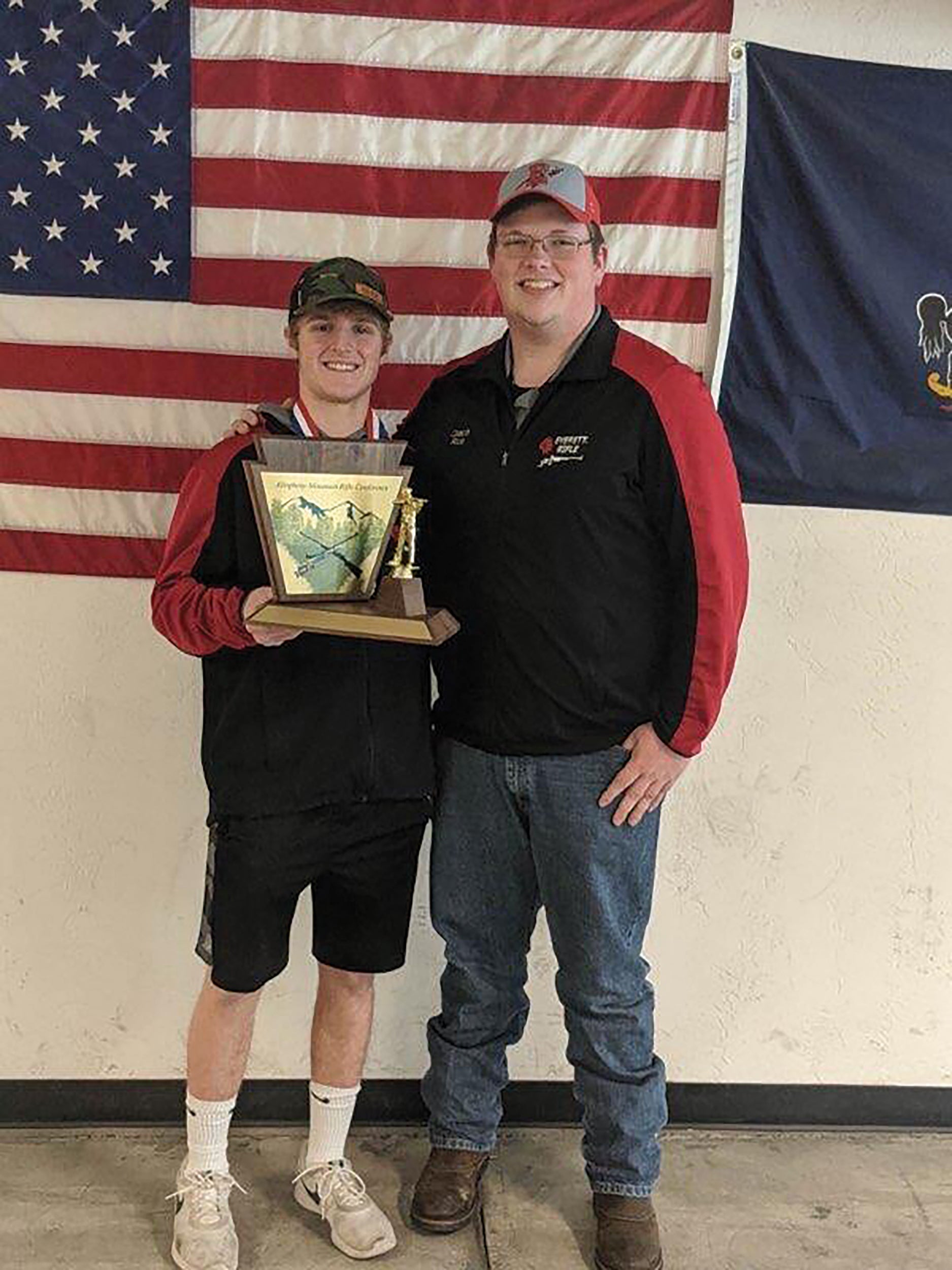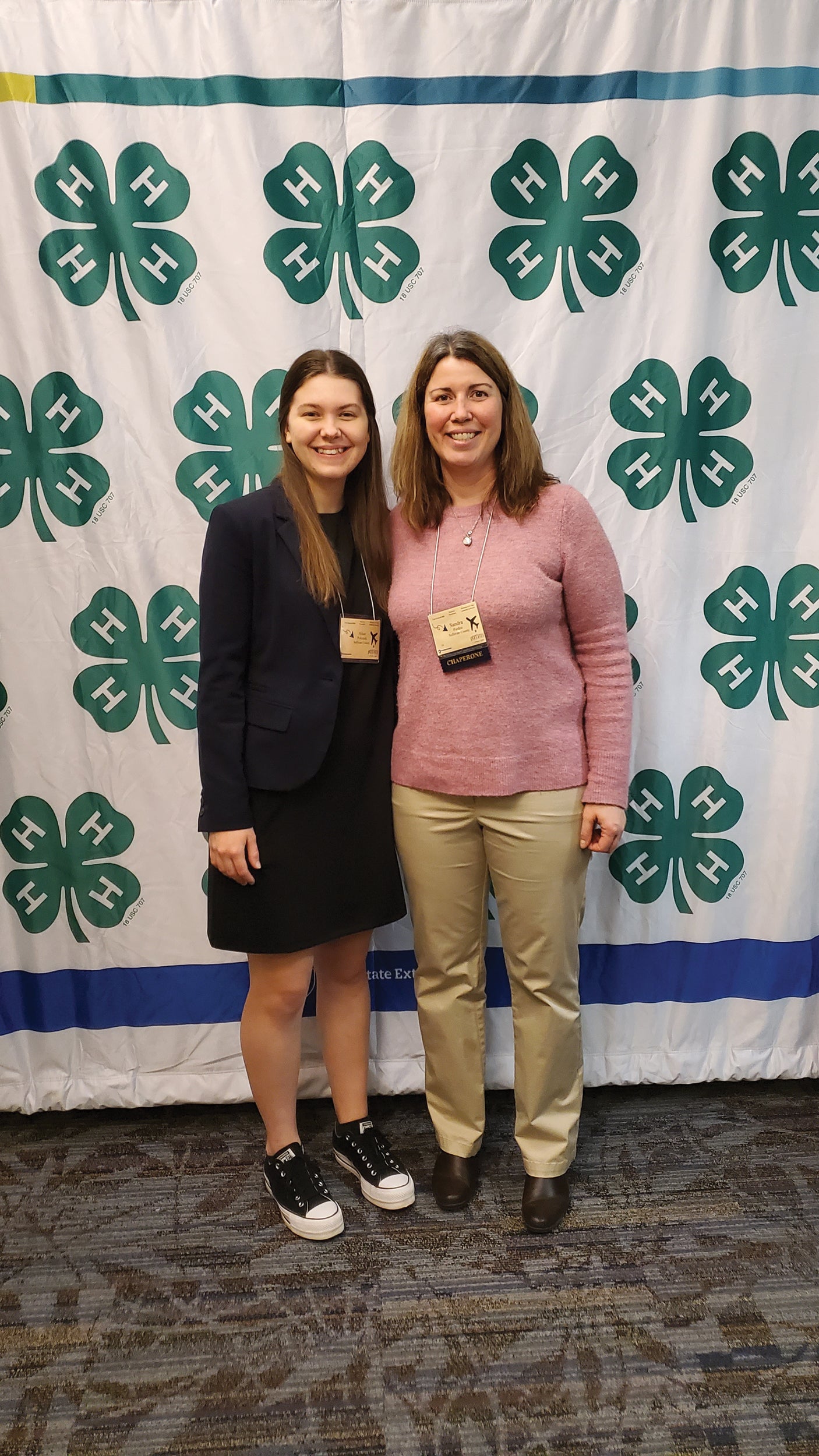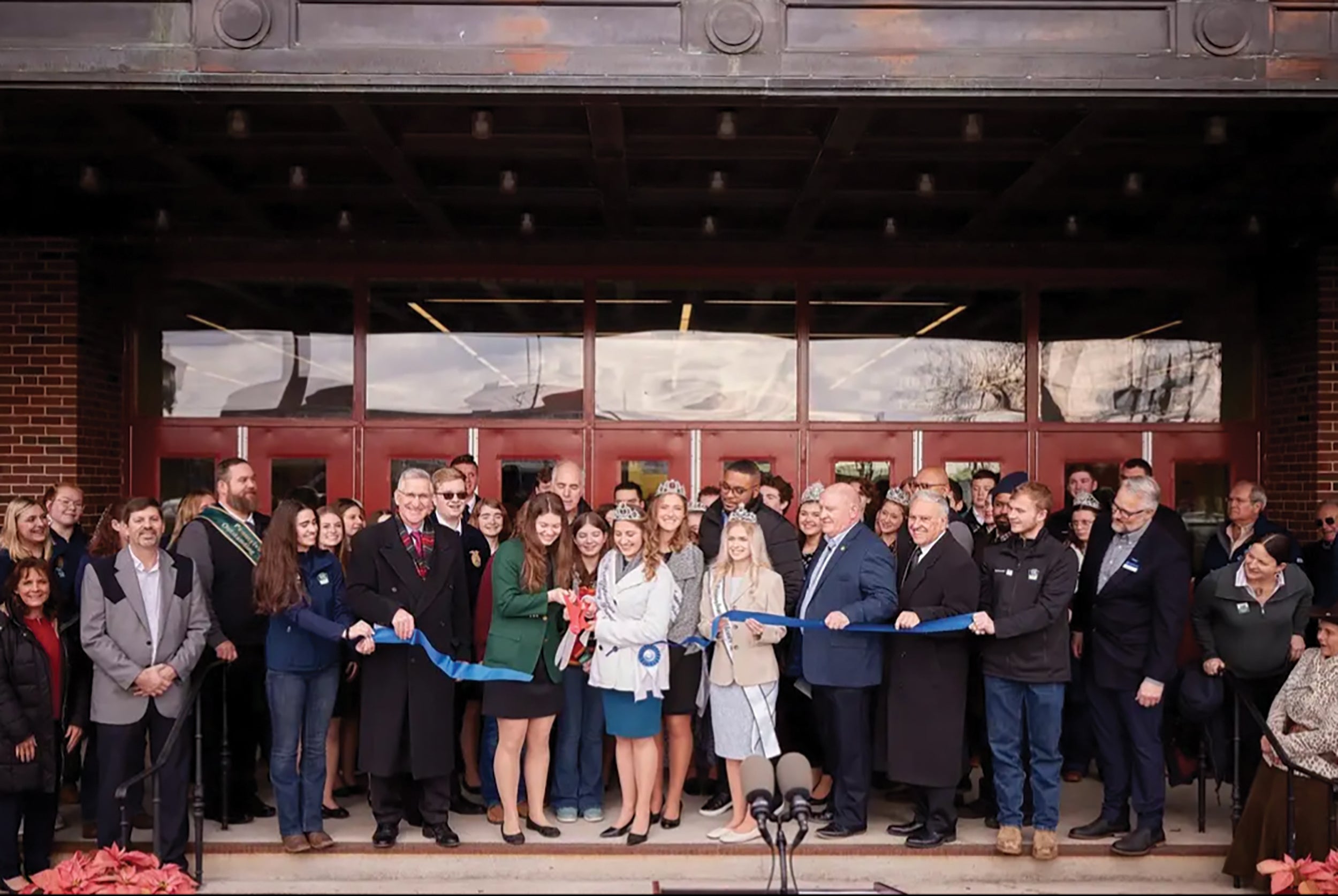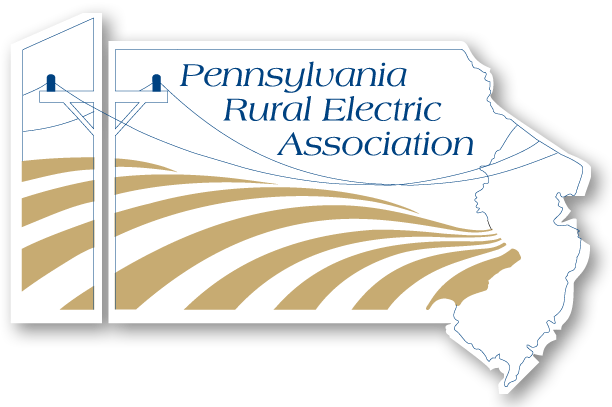Inspiring the Next Generation
Cooperative Members Say Mentoring Makes a Difference
Michael T. Crawford
Senior Technical Editor

LEARNING TO LEAD: Eric Henchey, center, coordination engineer at Valley Rural Electric Cooperative and an assistant Scoutmaster, helps his sons — Owen, left, and Landon — and other Scouts learn to lead with confidence.
King Arthur had Merlin. Luke Skywalker had Obi-Wan Kenobi. Peter Parker had Aunt May. The Teenage Mutant Ninja Turtles had Splinter. In stories old and new across all mediums, mentorship serves as an invaluable element of the hero’s journey.
The benefits of mentorship aren’t just the stuff of fantasy; decades of data — including a key study released by Big Brothers Big Sisters of America this year — show kids succeed when adults step up.
Look at what’s happening with the Everett High School Rifle Team, which has had seven consecutive, undefeated seasons — a record — and more than 100 victories. Head Coach Coltin Rice, a member of Bedford Rural Electric Cooperative (REC), was part of the school’s original rifle team, founded in 2011.
“A lot of the success we’ve had is because we’re always looking to climb the next mountain,” explains Rice, a lab supervisor at UPMC Bedford. “We’re always trying to better ourselves. I’m always trying to do the same thing — finding ways to be a better coach, be a better person — to be a better role model for our kids.”
Just about every rural community has people like Coltin Rice — people committed to inspiring the next generation … and succeeding.

PEAK PERFORMANCE: Coltin Rice, right, head coach of the undefeated Everett High School Rifle Team, congratulates one of his students, Jesse Chamberlain, for his performance at the 2020 Allegheny Mountain Rifle Conference.
Opening doors
Rice, who shot on the Bedford team for three seasons before graduating in 2014, says he also benefited from numerous mentors, who taught him the value of teamwork and cooperation. Yet, even as a team member, he was supporting younger students, offering them tips and tricks — a role that continued after he left to study at West Virginia University.
“I came home almost every weekend … so I could coach every chance I could get,” says Rice, who competed on the university’s club team. That extra encouragement has paid off, for the students, in particular. “I have a lot of kids in here getting college scholarships to go shoot at the highest level. We have kids shooting in national championships, getting opportunities to … travel across the country even before they graduate high school, meeting a lot of people and networking, which will only open up bigger doors for them.”
Motivated to help team members realize their potential, Rice makes himself available any way he can.
“If that means I have to come in [to the Rifle Club] and open up the range so they can practice … I just want to make sure those opportunities are open to them,” he says. “This program turned a lot of kids around. Kids graduated who might not have graduated had they not been a part of something like this.”
While helping students live up to their potential is important, Rice is just as committed to showing the next generation that Bedford County is a great place to call home.
“Staying local has always been something I valued,” he says. “I want to be somebody who these kids are going to look to — or anybody in the community can look to — as an example of, ‘Hey, this is a good area to be.’ You don’t have to leave … you can make a name for yourself here.”
Rice stays in touch with former students because the way he sees it, once a team member, always a team member: “I just hope the kids know that we were always in it for them.”

ROLE MODEL: Alice Polcrack, left, daughter of Erik and Jane Polcrack of Shunk, Sullivan County, and past president of the 4-H State Council, stands with her mentor, Sandy Pardoe, a 4-H educator for the county.
'Smiling ear to ear'
In their lives, children will have many teachers, but what makes someone a mentor? While mentors often occupy the same space as teachers or coaches — sharing with their protégés the skills and knowledge they’ve accumulated in their lifetimes — the mastery of the subject matter isn’t the most important part.
“You want them to have confidence in their abilities,” explains Eric Henchey, coordination engineer at Huntingdon-based Valley REC and an assistant Scoutmaster. “It’s the confidence to achieve whatever they set their minds to. Whether it’s getting up in front of other people or digging in to get the work done, whatever that thing is, they know that they can do it. It’s really rewarding to see that confidence grow.”
Henchey, an Eagle Scout, began growing his confidence when he became a Cub Scout at 6 years old. Little by little, his mentors gave him tasks that not only taught him valuable skills, but also helped him see that he was dependable and competent. Now with children of his own, Henchey wants to help others learn and have pride in their accomplishments.
“I felt that I could really help in the troop by sharing my knowledge, sharing that experience I had when I was a kid, and giving back to other kids and the community,” says Henchey, who estimates he’s worked with about two dozen kids as a den leader and Cubmaster. “When they do complete something, and they look over at you and you give them a thumbs up, they’re usually smiling from ear to ear.”
Giving kids the opportunity to expand their skills and confidence requires some behind-the-scenes coordination, and Sandy Pardoe, a member of Forksville-based Sullivan County REC and a 4-H educator, has turned that need into a career.
4-H — short for the organization’s original motto, “Head, Heart, Hands and Health”— has more than 500,000 volunteers and 3,000 professionals who mentor more than 6 million children in the U.S. In 4-H programs, children complete hands-on projects in areas such as health, science, agriculture and civic engagement. They receive guidance from adult mentors like Pardoe and are encouraged to take on leadership roles. Every county in the state offers 4-H opportunities through in-school and after-school programs, clubs, and 4-H camps.
Pardoe is a retired Navy veteran, whose parents enrolled her in 4-H when she was 6 thanks to the encouragement of her neighbors, Mary Lambert and Mary Vough. She says the “two Marys” constantly cheered her on, both as a child and when she began working for 4-H a little more than a decade ago.
“I just wanted to do my best to give back to the program that gave me so much,” she says. “And now I have their grandkids in my program!”

FACE OF 4-H: Alice Polcrack, front row, second from left, of Shunk and past president of the 4-H State Council, cuts the ribbon during the opening ceremony of the 2023 Pennsylvania Farm Show. A junior in college now, Polcrack began participating in 4-H when she was 9 and credits 4-H Educator Sandy Pardoe with being a major influence in her young life.
Seeing the potential
While many children’s first mentors are their parents, Pardoe says having another adult they can connect with is vital to learning new skills and developing confidence. “Growing up, you don’t always see eye to eye with your parents,” Pardoe quips. “Sometimes, children listen better to other adults than they do to their own parents … and they might teach you in a different way than your parents because 4-H is all about hands-on learning.”
One of the students Pardoe had a significant influence on is Alice Polcrack, daughter of Sullivan County REC members Erik and Jane Polcrack of Shunk. She began participating in a cooking club offered by Sullivan County 4-H when she was 9. After a few years, Polcrack expanded her horizons with riflery, archery and rabbit agility (imagine rabbits running obstacle courses at the direction of their handlers).
She also took a special interest in leadership opportunities and becoming a mentor herself.
“A lot of people encouraged me, but my biggest supporter was Sandy Pardoe,” Polcrack says. “She knew from a very young age that I had potential in 4-H. I joined our county council. I picked up leadership positions in other clubs as well and was heavily encouraged to join the Pennsylvania 4-H Council. It was a big culmination of my 4-H experience.”
As a past president of the 4-H State Council, Polcrack served as the face of the organization in Pennsylvania. She was also the first person from Sullivan County to be named to the council. In that role, Polcrack met with students who, like her, joined 4-H not knowing what the program entailed. She used the opportunity to show them that 4-H had something for everyone.
Now a junior double majoring in bio-medical sciences and public policy at Susquehanna University in Selinsgrove, Polcrack reflects fondly on her time in 4-H. “There were just so many great people I met along the way,” she says, “and I feel good knowing that I made a positive impact on people’s lives in that role, too.”


